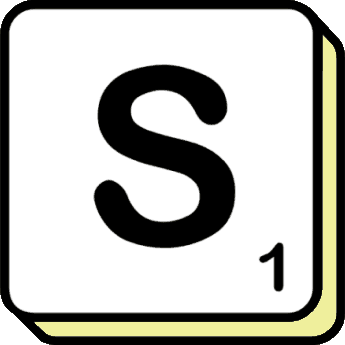Mastering the Mighty Semi-Colon
Author: Brian Bowman
Date Published: 26 July 2023
Punctuation is the unsung hero of the written word, providing structure, clarity, and nuance to our sentences. Among the many punctuation marks at our disposal, the semi-colon stands tall as a versatile and powerful tool. Despite its relatively small size, the semi-colon holds the potential to elevate your writing to new heights. In this blog article, we delve into the world of the semi-colon, exploring its purpose, usage, and the impact it can have on your writing.

Unveiling the Semi-Colon
The semi-colon, often misunderstood and underutilized, is a punctuation mark that holds a unique place in the English language. It serves as a bridge between two closely related independent clauses, indicating a stronger connection than a mere comma would convey. The semi-colon creates a pause, allowing ideas to intertwine while maintaining a sense of cohesion.
Embracing the Power of the Semi-Colon
Understanding the potential impact of the semi-colon can revolutionize your writing. Here are a few ways in which the semi-colon can enhance your work:
a) Clarity and Coherence: The semi-colon aids in maintaining clarity when dealing with complex ideas or lengthy sentences. By signaling a relationship between two independent clauses, it helps readers navigate your writing with ease.
b) Balance and Emphasis: The semi-colon allows you to balance contrasting or parallel ideas, drawing attention to the relationship between them. It creates a pause that highlights the significance of the information being presented.
c) Variety and Sophistication: By incorporating semi-colons into your writing, you add variety to your sentence structure, making your prose more sophisticated and engaging. It demonstrates a mastery of punctuation and a command over the subtleties of language.
Mastering the Usage of Semi-Colons
To effectively utilize the semi-colon, it's essential to grasp its appropriate usage. Here are some guidelines to follow:
a) Connecting Independent Clauses: The primary function of the semi-colon is to connect two independent clauses that are closely related in meaning. Avoid using it to join dependent clauses or phrases.
Example: She studied diligently for the exam; her hard work paid off with an A+.
b) Separating Items in a List: When a list contains elements that are already separated by commas, the semi-colon can be employed to distinguish between these items clearly.
Example: The bookshelf displayed a collection of classics, such as "Pride and Prejudice"; contemporary fiction, including "The Great Gatsby"; and non-fiction works, like "Sapiens."
c) Enhancing Complex Sentences: The semi-colon can be used in complex sentences when a conjunction like "and" or "but" would disrupt the flow or overshadow the relationship between the clauses.
Example: The rain poured relentlessly; the children, however, continued playing outside.
Common Pitfalls to Avoid
While the semi-colon can elevate your writing, its misuse can lead to confusion. Here are a few common mistakes to avoid:
a) Overuse: Reserve the semi-colon for situations where its use is appropriate and adds value. Overusing it can distract readers and diminish its impact.
b) Fragmented Clauses: Ensure that both sides of the semi-colon contain complete and independent clauses. Using a semi-colon to join incomplete thoughts results in sentence fragments.
c) Confusing Semi-Colons with Colons: The semi-colon and colon are distinct punctuation marks. Remember that a colon is used to introduce a list, explanation, or quotation, while a semi-colon connects closely related independent clauses.
Conclusion
The semi-colon is a formidable punctuation mark that can elevate your writing to new heights. By understanding its purpose, embracing its power, and mastering its usage, you can wield the semi-colon with confidence and finesse. The careful incorporation of semi-colons in your writing will not only enhance clarity and coherence but also add sophistication and variety to your prose.
Remember, the key to effectively using the semi-colon lies in recognizing the relationship between the clauses you are connecting. It serves as a bridge, creating a seamless flow between ideas while maintaining their individuality. By employing the semi-colon thoughtfully, you can strike a balance, emphasize key points, and bring a heightened sense of structure and elegance to your sentences.
As you explore the realm of the semi-colon, be mindful of some common pitfalls. Avoid overusing it, as this can diminish its impact and disrupt the natural flow of your writing. Additionally, ensure that both sides of the semi-colon contain complete and independent clauses, as using it to join fragments can lead to confusion.
To further refine your usage of the semi-colon, immerse yourself in quality writing and observe how skilled authors incorporate it. Pay attention to the rhythm and cadence that the semi-colon imparts to their prose, and let it inspire your own writing journey.
